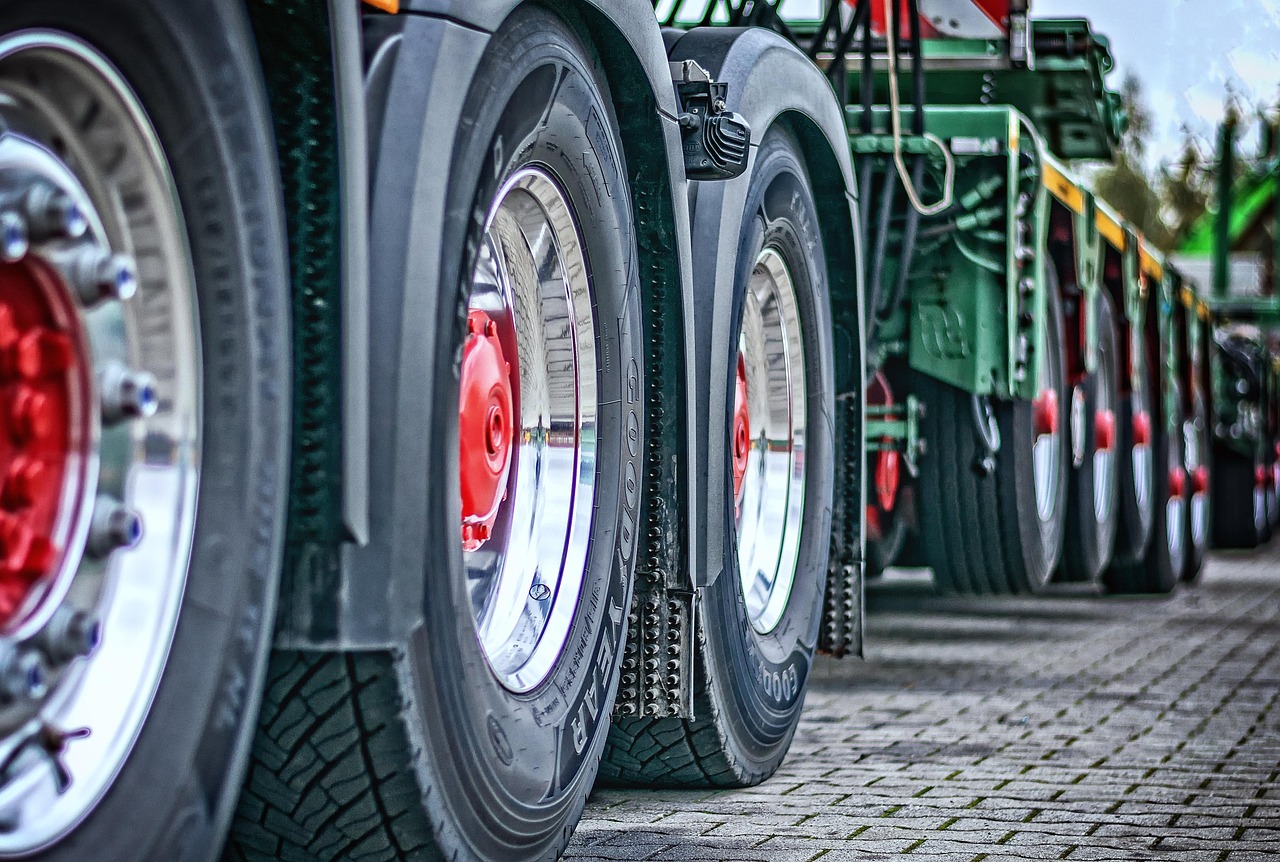Why You Need a Specialized Meat Grinder for Bones
Preparing raw pet food, often following the Biologically Appropriate Raw Food (BARF) or Prey Model diets, requires grinding soft bones to ensure proper nutrient absorption and prevent choking hazards. However, standard kitchen meat grinders are designed exclusively for muscle meat and fat. Attempting to process bones—even soft poultry bones—in a residential unit will almost certainly lead to catastrophic equipment failure, voided warranties, and potential safety risks.
The search for the meat grinder for bones is fundamentally a search for a commercial-grade machine built with exceptional durability, high torque, and specialized components capable of handling dense, calcified material. This guide outlines the essential specifications and safety protocols required to successfully and safely grind bones at home in { 2025 }.
The Critical Difference: Why Standard Grinders Fail
The ability of a meat grinder to process bone material hinges on three key engineering factors: motor power, gear reduction, and construction material.
1. Motor Power and Horsepower (HP)
Residential grinders typically feature motors ranging from 300W to 600W (0.4 to 0.8 HP). These motors lack the sustained power needed to crush bone fragments. Bone grinding requires a minimum of 1 HP, and ideally 1.5 HP or higher, especially for processing large batches or slightly denser bones like rabbit or turkey necks. High-HP motors ensure the auger maintains speed and force without stalling when encountering resistance.
2. Gear System and Torque
Torque is the rotational force that drives the auger (worm gear). For bone grinding, torque is more important than raw horsepower. Commercial-grade grinders utilize heavy-duty, often metal, gear systems (helical or spur gears) designed for maximum reduction and high torque output. Residential units often rely on plastic or nylon gears, which strip instantly when subjected to the extreme pressure of crushing bone.
3. Construction Material and Durability
Bone grinding demands a robust housing and internal components. Look for units constructed entirely of stainless steel. The grinding head, auger, knife, and plates must be made from high-quality, hardened stainless steel (often food-grade 304 or 420). Aluminum components, common in mid-range grinders, are too soft and will wear down rapidly or even fracture under the stress of bone processing.
Essential Specifications for Grinding Bones
When evaluating potential machines, focus on these non-negotiable specifications:
Grinder Size (The Number System)
The size of a meat grinder (e.g., No. 12, No. 22, No. 32) refers to the diameter of the grinding plate and the size of the feed tube. For bone grinding, a larger size is always better as it allows for larger bone pieces and provides a wider, more robust auger.
- No. 12: Minimum acceptable size for very small, soft bones (e.g., chicken wings, small fish). Requires careful pre-cutting.
- No. 22: The recommended starting point for serious home bone grinding. Handles chicken backs and necks efficiently.
- No. 32: Ideal for high-volume grinding or processing slightly larger bones like turkey necks or small rabbit carcasses. Offers the highest durability and speed.
Motor Type and Cooling
Look for permanently lubricated, air-cooled motors. These are designed for continuous, heavy-duty use, unlike standard motors that overheat quickly under high load. If you plan to grind large quantities (common for those following the raw diet in the UK or Australia), a motor with a built-in cooling fan is essential.
Reverse Functionality
A reverse function is critical. If a bone fragment jams the auger, the reverse setting can often clear the blockage without requiring a full disassembly, saving time and preventing motor burnout. Ensure the reverse function is robust and not just a low-power gimmick.
Plate and Knife Quality
Bone grinding requires a coarse grind, typically using a 10mm (3/8 inch) or larger plate. The knife and plate must be kept razor-sharp. Dull blades require the motor to work harder, increasing the risk of stalling. Learn about meat grinder plate sizes and sharpening to maintain peak efficiency.
Selecting the Best Meat Grinder for Bones (Top Recommendations)
Based on the rigorous requirements for bone processing, the best models fall into the heavy-duty, semi-commercial category. These units prioritize torque and durability over compact design.
| Model Type | Key Feature | Ideal Use Case |
|---|---|---|
| Commercial Grade No. 32 | 2 HP+ Motor, All-Stainless Steel | High-volume raw feeders, processing turkey/rabbit bones. |
| Heavy-Duty No. 22 | 1.5 HP Motor, High Torque Gearbox | Regular home use, processing chicken and duck bones. |
| Entry-Level No. 12 | 1 HP Motor, Metal Gears | Small batches, strictly soft poultry bones only. |
When purchasing, always verify the manufacturer explicitly states the unit is rated for processing soft bones. If the description only mentions ‘meat,’ assume it is not suitable for bone grinding.
Bone Grinding Safety Protocols
Safety is paramount when operating high-powered machinery, especially when processing hard materials. Following strict protocols protects both the user and the equipment.
1. Preparing Bones for Grinding
- Only Grind Soft Bones: Never attempt to grind weight-bearing bones from large animals (e.g., beef femurs, lamb shanks). These are too dense and will damage even commercial grinders. Focus on poultry necks, backs, wings, tails, and small game bones (rabbit, quail).
- Cut to Size: Pre-cut bones into pieces small enough to fit easily into the feed tube without forcing. This reduces the initial load on the motor.
- Chill Thoroughly: Bones and meat should be near freezing (but not rock solid) before grinding. Cold material processes cleaner and faster, reducing strain on the motor and preventing the bone material from becoming sticky.
2. Operational Safety and Maintenance
- Use the Pusher: Never use your fingers or hands to push material into the grinder. Always use the provided food pusher.
- Avoid Overloading: Feed bones slowly and consistently. Listen to the motor; if the sound changes significantly or the grinder slows down, stop immediately and use the reverse function.
- Clean Immediately: Bone residue can be corrosive. Disassemble and clean all parts immediately after use. Refer to our Care & Maintenance section for detailed cleaning instructions.
Understanding Bone Types and Grinder Limitations
Understanding the density of various bone types is crucial for selecting the right machine and ensuring longevity.
Soft Bones (Ideal for Grinding)
These bones are typically non-weight-bearing and are easily crushed by high-torque grinders.
- Chicken (necks, backs, wings, feet)
- Duck (necks, wings)
- Turkey (necks, provided they are cut into smaller sections)
- Small fish (sardines, smelt)
Medium Bones (Proceed with Caution)
These require a powerful No. 22 or No. 32 grinder and must be processed slowly.
- Rabbit (whole carcass, excluding large leg bones)
- Quail or Cornish Hen
Hard/Weight-Bearing Bones (Do Not Grind)
These bones are too dense and pose a severe risk of damage to the grinder and potential injury.
- Beef (femurs, knuckles, ribs)
- Lamb (shanks, large ribs)
- Pork (large leg bones)
- Large game bones (deer, elk, moose) – If you are grinding venison, stick to the muscle meat. For advice on processing large game, see our guide on the https://meatgrinderhelp.com/.
The Role of Bone Grinding in Raw Pet Diets
Grinding bones is a cornerstone of safe raw feeding, particularly for dogs and cats. It serves several vital functions:
- Safety: It eliminates the risk of sharp bone fragments causing internal damage to the digestive tract.
- Digestibility: Grinding increases the surface area of the bone, making the calcium, phosphorus, and trace minerals highly bioavailable and easier for the animal to digest.
- Nutritional Balance: Ground bone provides the necessary calcium-to-phosphorus ratio required for a balanced diet, preventing nutritional deficiencies that can occur if only muscle meat is fed.
For pet owners, investing in a high-quality, durable bone grinder is an investment in the long-term health and safety of their animals.
Frequently Asked Questions (FAQ)
Can a standard kitchen aid attachment grind bones?
No. KitchenAid attachments, even the metal ones, are designed for soft meat and fat. Their motors lack the necessary horsepower and torque, and their internal gears are not rated to withstand the pressure exerted by crushing bone material. Attempting this will likely destroy the attachment and potentially damage the mixer motor.
What is the minimum horsepower required for grinding chicken bones?
For consistent, safe grinding of soft chicken bones (backs, necks), a minimum of 1 HP (approximately 750W) is required. For larger batches or slightly tougher bones, 1.5 HP or more is strongly recommended.
Is it safe to feed cooked bones to my dog?
Absolutely not. Cooked bones become brittle and splinter easily, regardless of whether they are ground or whole. Never feed cooked bones to pets. Only raw, soft bones should be processed and fed.
How often do I need to sharpen the knife and plate when grinding bones?
Due to the abrasive nature of bone material, the knife and plate will dull much faster than when grinding only meat. If you grind bones weekly, you should inspect and sharpen the knife and plate monthly. A dull blade forces the motor to work harder, leading to overheating and premature wear.
Are there specific voltage requirements for a meat grinder for bones in the UK or Australia?
Yes. Users in the UK (230V) and Australia (240V) must ensure they purchase a model specifically rated for their local voltage and plug type. Many heavy-duty grinders are imported from the US (110V/120V) and require a high-capacity step-up transformer, which can be costly and cumbersome. Look for models sold directly through local distributors.
Final Verdict and Next Steps
Choosing the best meat grinder for bones is a decision that prioritizes power, durability, and safety over cost. Do not compromise on the specifications—a machine rated for bone grinding is a significant investment, but it is essential for the safe and efficient preparation of raw pet food.
If you are committed to the raw feeding diet, select a No. 22 or No. 32 stainless steel grinder with a minimum of 1.5 HP and a robust metal gear system. This ensures your equipment can handle the demands of bone processing for years to come.
Get Started
Ready to upgrade your equipment? Research commercial-grade meat grinders from reputable manufacturers known for their heavy-duty construction and high torque ratings.
References
- American Veterinary Medical Association (AVMA). Raw or Undercooked Animal-Source Protein in Cat and Dog Diets. 2025. https://www.avma.org/ “AVMA Policy on Raw Pet Diets” — This policy outlines the potential risks and benefits associated with feeding raw diets, emphasizing the importance of proper preparation, including bone processing.
- National Sanitation Foundation (NSF). Standard 8: Commercial Powered Food Preparation Equipment. 2025. “NSF Standard for Commercial Food Equipment” — This standard details the design, construction, and performance requirements for heavy-duty food processing equipment, which are necessary benchmarks for grinders capable of handling bone material.
- Journal of Food Engineering. Mechanical Properties of Bone Tissue and Implications for Grinding Technology. 2025. “Bone Tissue Mechanical Properties Research” — This research paper analyzes the compressive strength and fracture mechanics of various bone types, providing engineering context for the high torque and material hardness required in bone grinding machinery.
Last Updated on October 14, 2025 by Robert Vance

